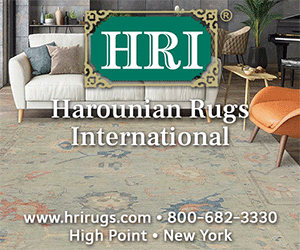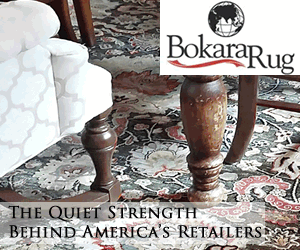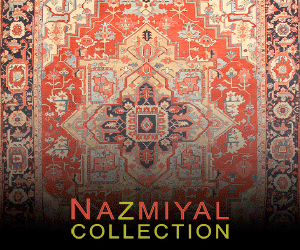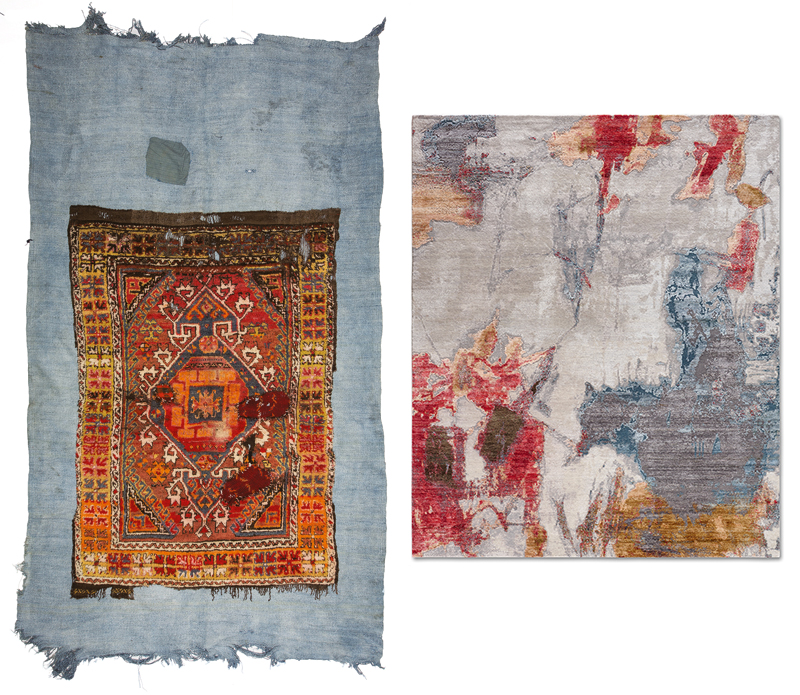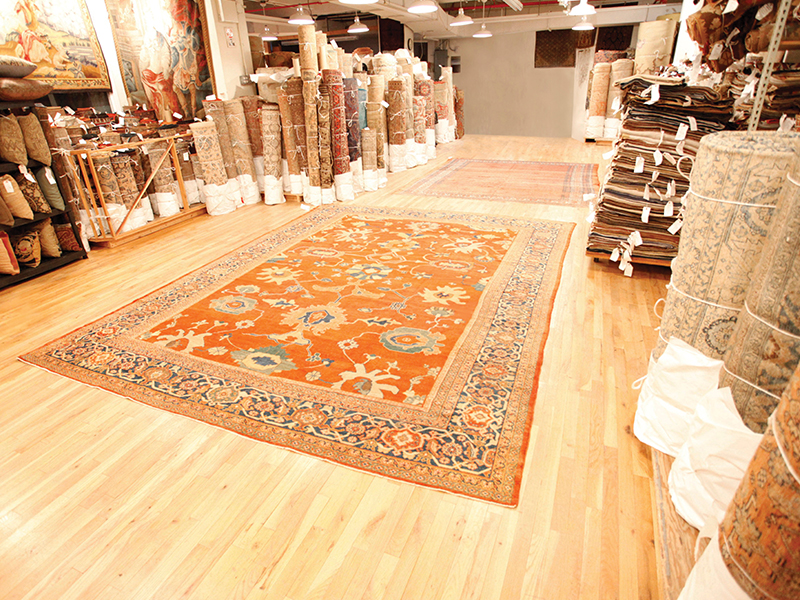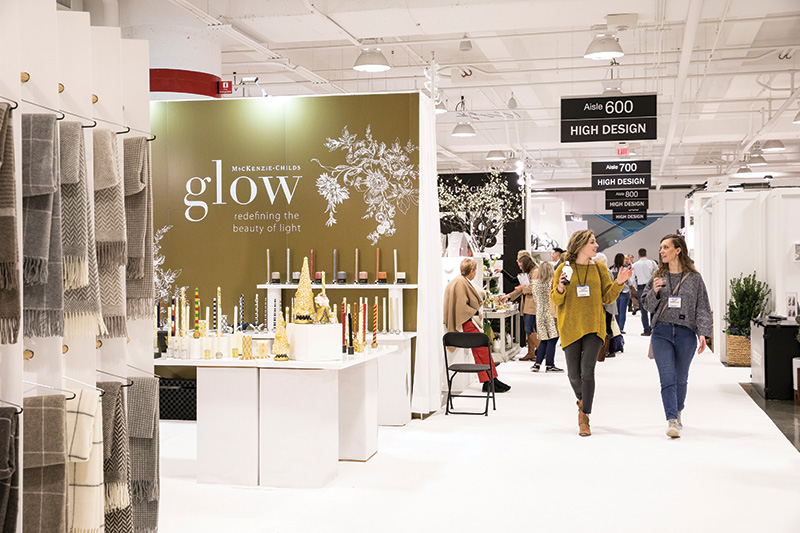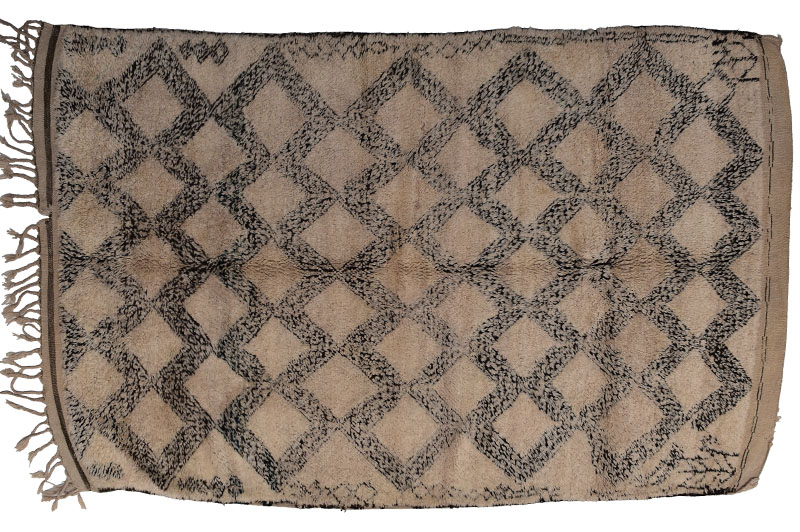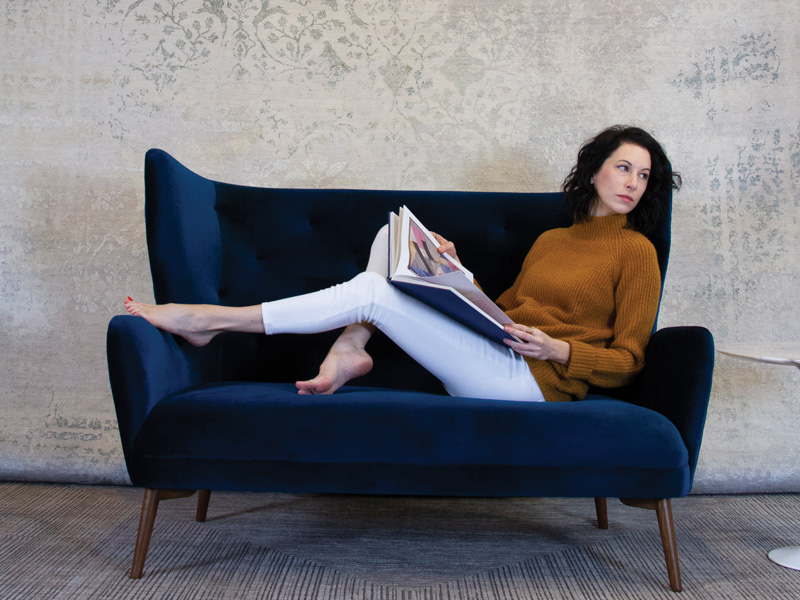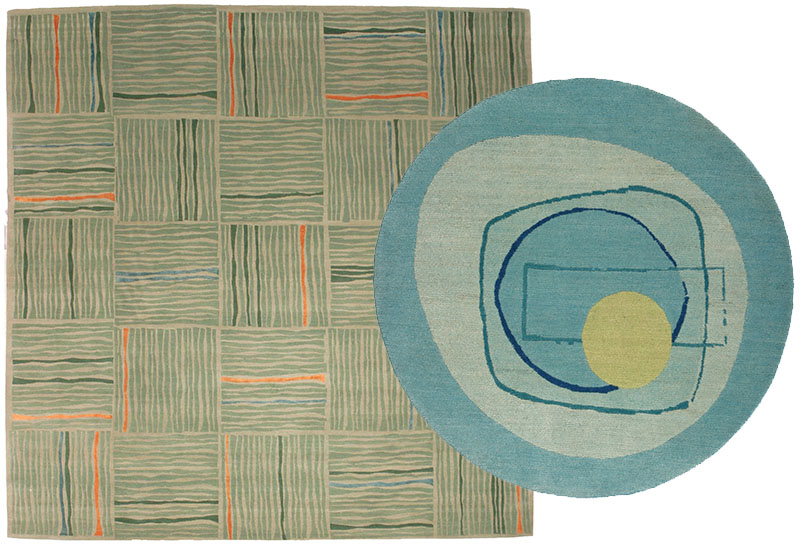The oriental rug trade has changed tremendously over the past two decades, to the point where the description is no longer even politically correct. It has been replaced by the more generic ‘area rug’ or ‘decorative rug trade.’ The way we do business here at Persian Gallery New York has also evolved enormously over the two past decades. We went from being a traditional wholesale trade business that was very insular and protected, in which a client had to go through a retailer or interior designer to gain access, to a modern, high tech, global operation, where the emphasis is on being digital. In addition to a highly functional website, including high resolution digital images, there is email, social media, live chat and being accessible and available on all of them 24-7. All those platforms require having your product available wherever the user's smart-phone is likely to take them, and with the minimal number of taps and swipes.


